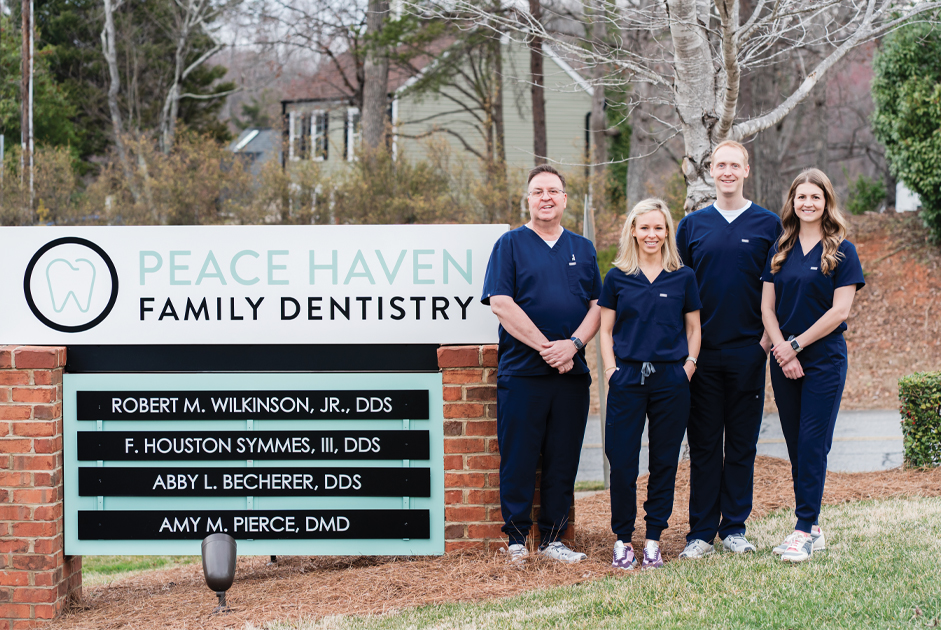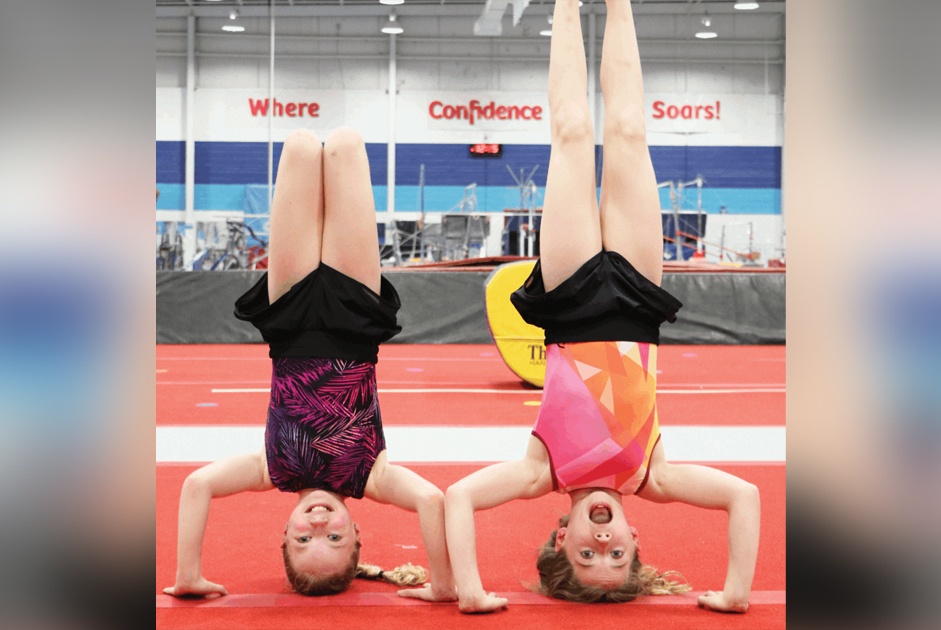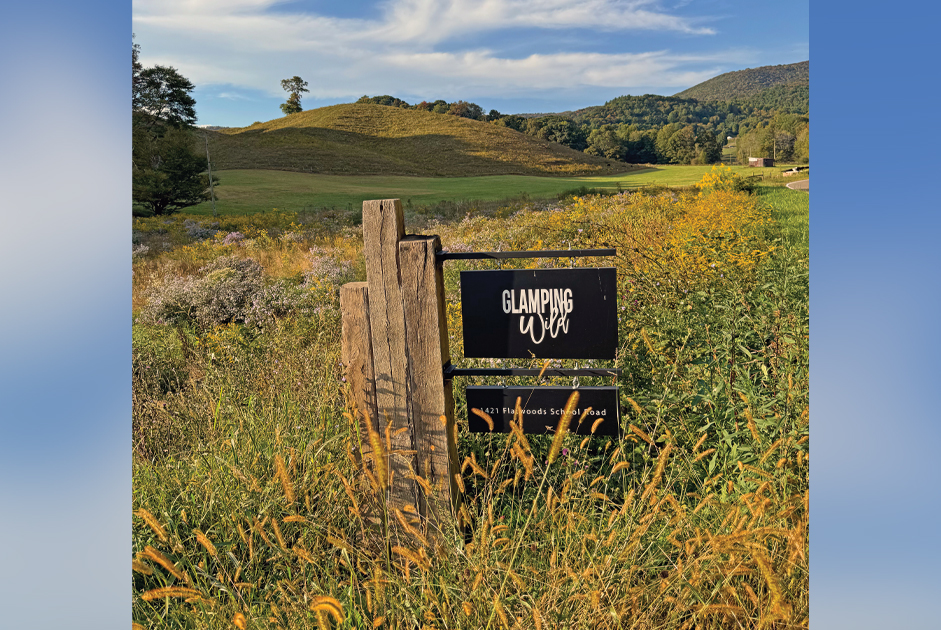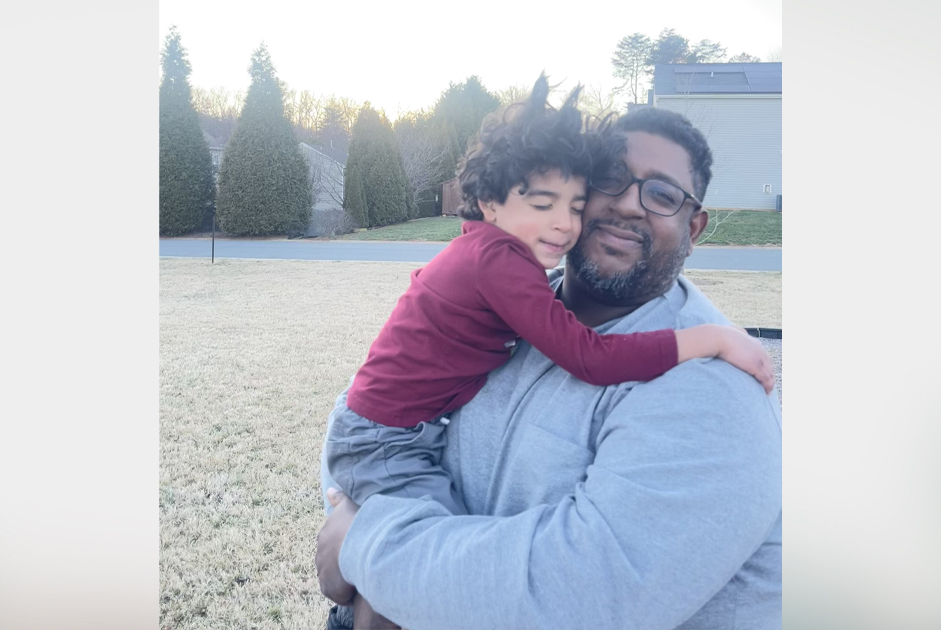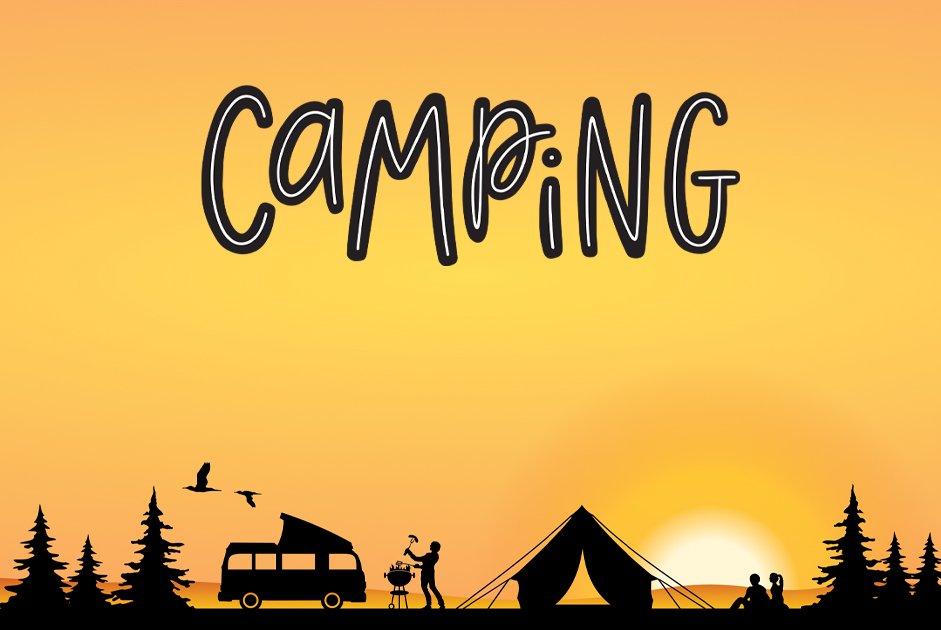Some say it takes a village to raise a child. In many ways, that saying is true. Parents, guardians, family members, friends, teachers, and coaches are a few examples of people who can influence a child in different parts of their life. In addition, these influences have responsibilities to do what they can to help a child succeed. One area where it is essential for these responsibilities to be upheld is in education.
Recently, I came across the idea of an educational triangle. This concept illustrates the relationships between those mainly involved in a child’s education and how they are connected, like a triangle. At one corner is the student, another corner are the parents/guardians, and at the last corner are the teachers and school. All of these people need to work together and fulfill their responsibilities. While the responsibilities of each corner can vary and overlap, it is important for everyone to understand how their role plays a part in the overall goal—helping the student be successful in school. Let’s take a look at the different obligations of the educational triangle.
Responsibilities of the Student –To be honest, the responsibilities of the student are probably the most important in the educational triangle. In President Obama’s “Back to School” speech at Wakefield High School in 2009, he references the opportunities education can provide, but it has to start with the student, carrying out their duties. He states that “you have the responsibility to yourself, to discover what you are good at, and you are the next generation of leaders in America.” Because of this, a student should work hard: work towards getting good grades, completing their work, and asking for help when they need it. For students, no one is going to do your work except for you, and there are no excuses for not trying. One of my favorite quotes from President Obama’s speech is, “That’s why today I’m calling on each of you to set your own goals for your education and do everything you can to meet them.”
Responsibilities of the Parents and Guardians –No matter what age they are, a child is still learning and figuring things out. As for parents and guardians, it is your task to help guide them in the right direction. After all, parents and guardians are a kid’s first teachers. Part of your responsibilities is to be role models. With education, parental engagement and involvement are keys to success. Take an active role in your student’s learning; stay on top of their homework and assignments, but let them complete the work; help them study for tests; and know who your child is friends with. In addition, don’t be afraid to communicate with teachers when needed. Lastly, make education a priority and encourage your child to take ownership of their education. Have conversations about what is working and what needs improvement, as well as adding in fun ways to learn.
Responsibilities of the Teachers and Schools –Teachers and schools have the obligation to provide the best education possible for students. This comes from knowing your content area, giving opportunities for exploration and learning, and engaging students in their own learning. Along with these responsibilities, teachers and staff should keep up to date with professional development, new research, and keep challenging themselves to be better educators. Also, it is important for teachers and schools to give students a safe and welcoming learning environment. Children spend around eight hours a day, 180 days a year, at school. They should feel comfortable and supported in this environment. Lastly, faculty and staff at schools are role models with the responsibilities of demonstrating professionalism and good behavior to students.
There are many moving parts in the educational triangle. Yet, when everyone involved fulfills their responsibilities and works towards a common goal, a child’s life can be changed for the better.




